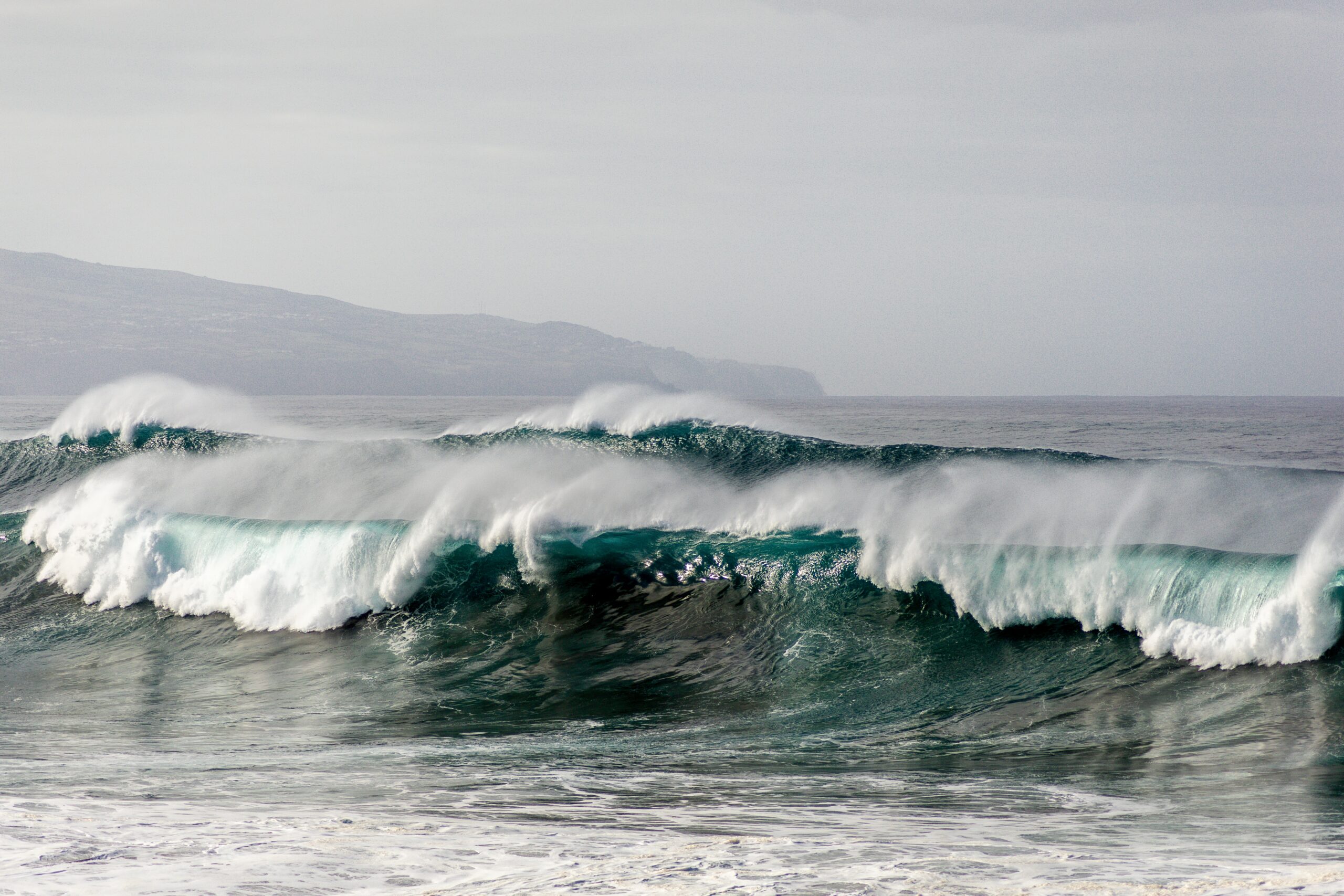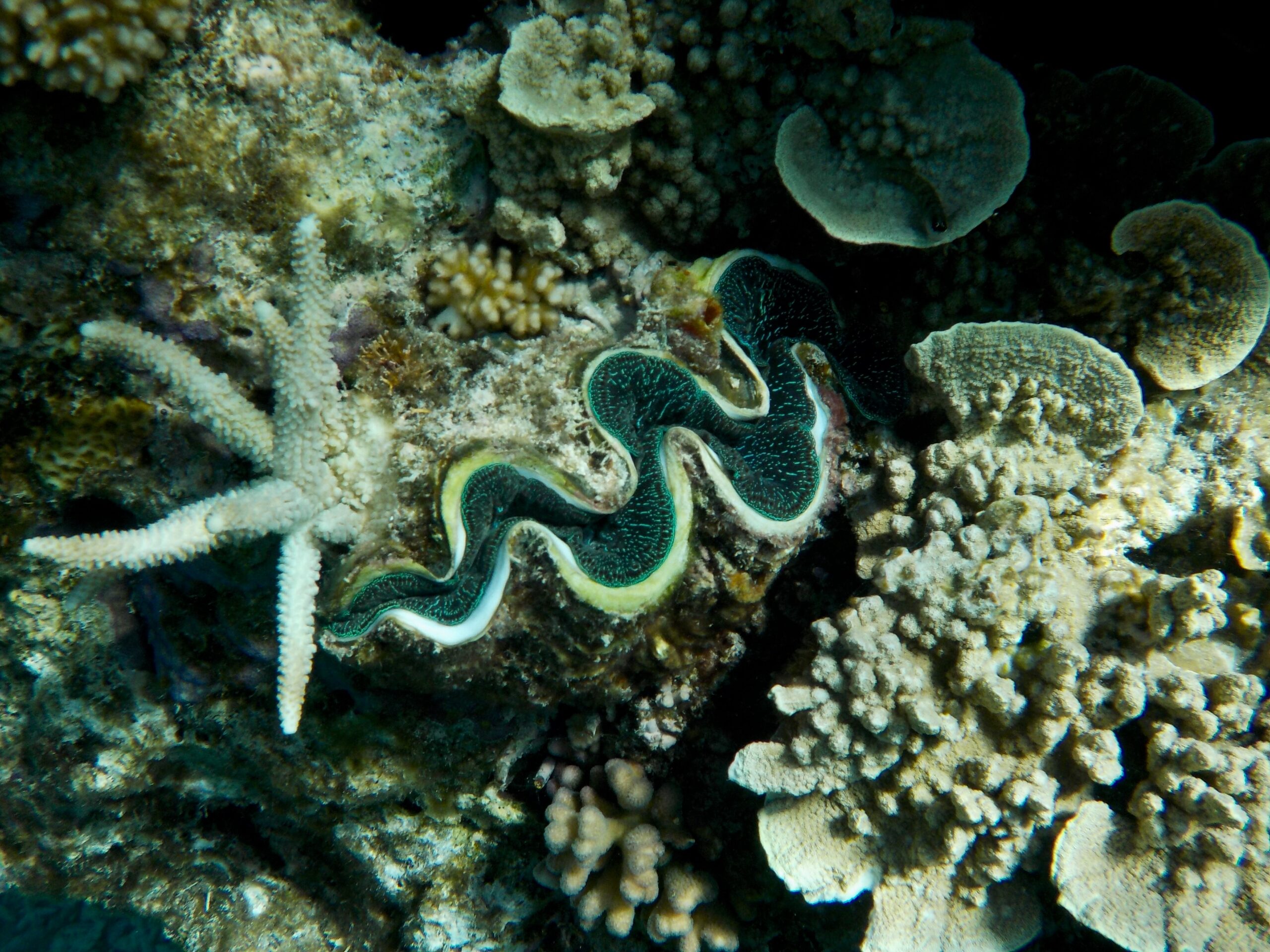Acidification: the invisible threat that could decimate our oceans
Oceans act as a filter for our carbon dioxide (CO2) emissions, but our use of fossil fuels is tipping the balance towards catastrophic consequences.
Oceans are crucial to the carbon cycle. Their surface waters soak up carbon dioxide from the atmosphere, effectively offsetting CO2 from human activity. In our highly industrialized world, this matters: our oceans absorb a quarter of the CO2 from burning fossil fuels.
But the fact that seawater is helping to mitigate the impact of our emissions, reducing the impact of climate change, comes at a cost.
Invisible – but seismic – change

The problem stems from the chemical exchange involved in CO2 absorption. The gas dissolves in water, creating carbonic acid – and raising the relative acidity of our seas. Inflowing rivers help restore ocean pH levels – but this natural buffer can’t keep pace with our emissions.
Before the industrial revolution, the average pH of our oceans was 8.2. Today, it’s 8.1. That may not sound like much of a change – but because the pH scale is logarithmic, this represents a 25% change in acidity – a faster increase than at any time in the past 300 million years.
This doesn’t mean the ocean is itself acidic (it’s basic, i.e., alkaline). Nonetheless, this small change in pH has seismic consequences.
Ten years ago paleoceanographer Bärbel Hönisch warned, “if industrial carbon emissions continue at the current pace, we may lose organisms we care about — coral reefs, oysters, salmon.” This is the story now unfolding around the planet.
The consequences run deep

The conversion of ocean water to carbonic acid reduces the availability of carbonate ions, the building blocks of marine species such as shellfish and molluscs.
The result has been called “the osteoporosis of the sea”, seen in the way mussels develop weaker or more fragile shells. Pteropods (tiny sea snails) even dissolve in acidic water.
These effects ricochet up the food chain, inevitably affecting species we consume (herring and mackerel feed on pteropods, for example). The National Oceanic and Atmospheric Administration (NOAA) warns acidification could cost the US economy billions if supply issues affect fisheries.
In fact, it has already cost the US Pacific Northwest oyster industry US$110 million, and directly or indirectly jeopardized 3,200 jobs.
We may be looking at impaired human health in the long term, too. Researchers highlight malnutrition (from reduced food production) and poisoning because contaminants such as mercury are more bioavailable in acidified waters.
Disruption to food and industry could hit developing nations hardest. Around 20% of the global population gets at least a fifth of animal protein from fish; but in West Africa and Asian coastal communities it can be as high as 50%.
And from Australia to Norway, acidification is eating away at living coral. The damage threatens the marine life that depends on coral reefs – and the human communities that depend on tourism. At the Great Barrier Reef, that puts at risk an economy that generates AUD$6.4 billion every year.
Acting to protect life and livelihoods

UNESCO predicts the ocean could be 150% more acidic by 2100 if we don’t curb CO2 emissions.
Scientists at Edinburgh University go further, revealing an ocean pH of 7.95 would destroy up to 90% of marine life: “We will lose all the corals, whales, seals, birds, fish and food supply for 2 billion people – an outcome worse than climate change.”
But while the imperative step is slashing our use of fossil fuels, there’s less certainty it will be enough on its own.
This is reflected in national responses to ocean acidification, which reiterate common themes such as the need for systemic solutions.
For instance, the OA Alliance suggests limiting land-based pollutants and interactions that make conditions worse: nutrient run-off and wastewater discharge can stimulate algae growth, a contributor to acidification.
Jodie Miller of the IAEA’s Department of Nuclear Sciences and Applications adds: “Minimizing the impacts of ocean acidification does not occur in isolation. Addressing such a complex and spiraling environmental problem requires strategic international partnerships.”
Several action plans recommend monitoring and observation strategies as a foundation, coupled with education. They recognize the need to communicate both issues and support to communities affected (for instance, those reliant on marine industries).
There’s no quick fix to ocean acidification, a CO2 crisis that has been in the making for some 200 years. But what’s likely to steer the international community from here is collaboration, communication – and above all, the drive to adapt.